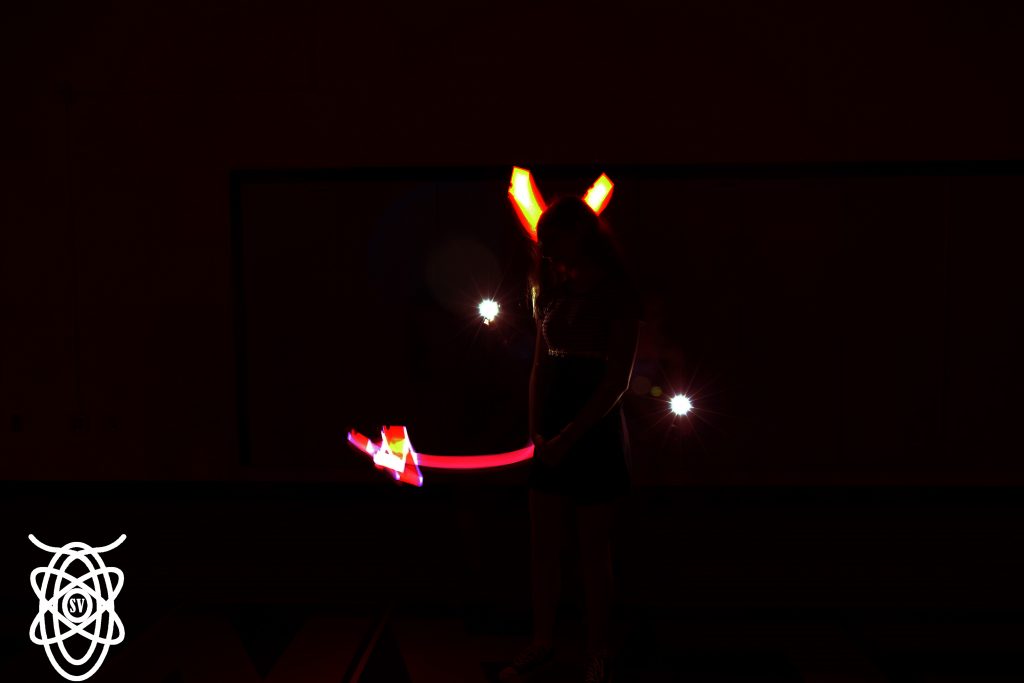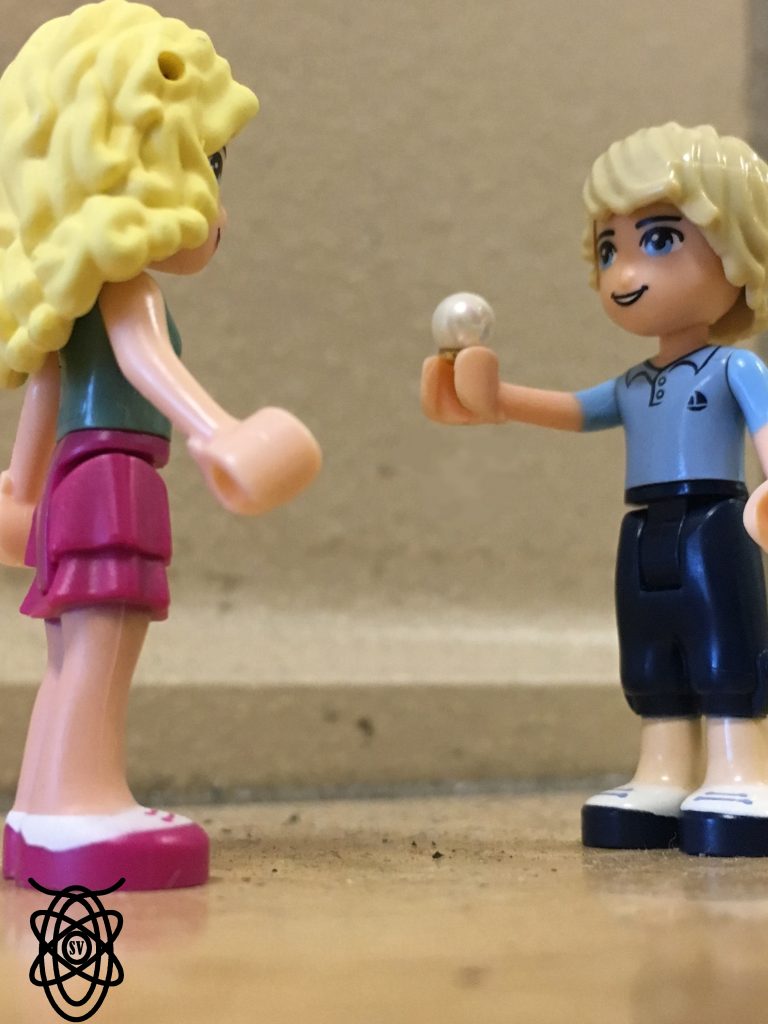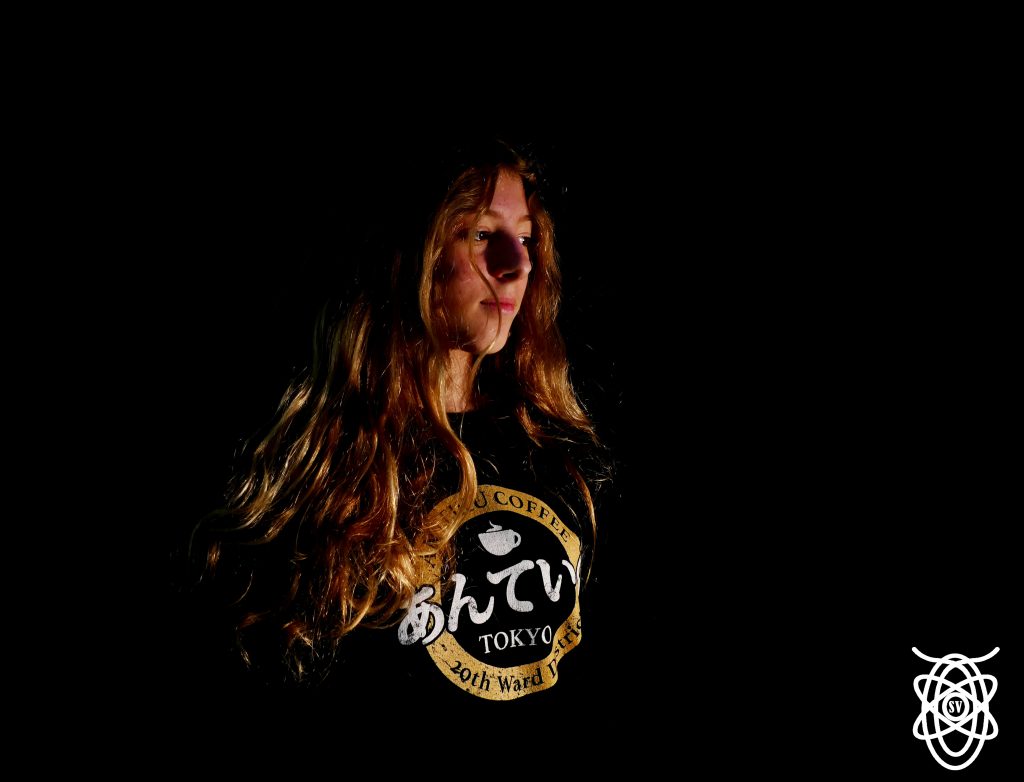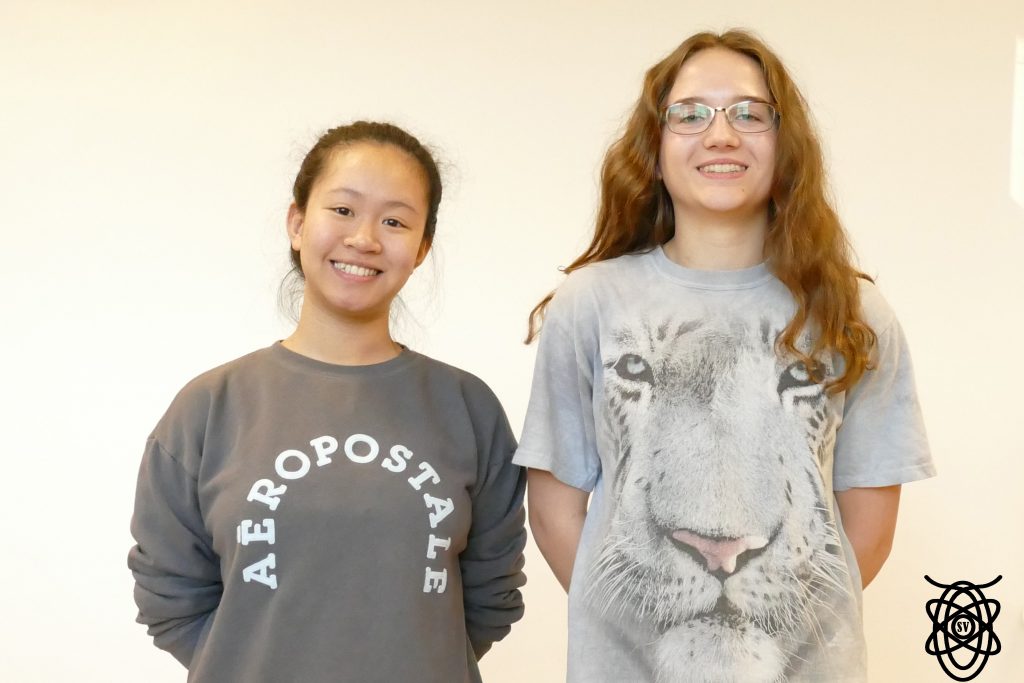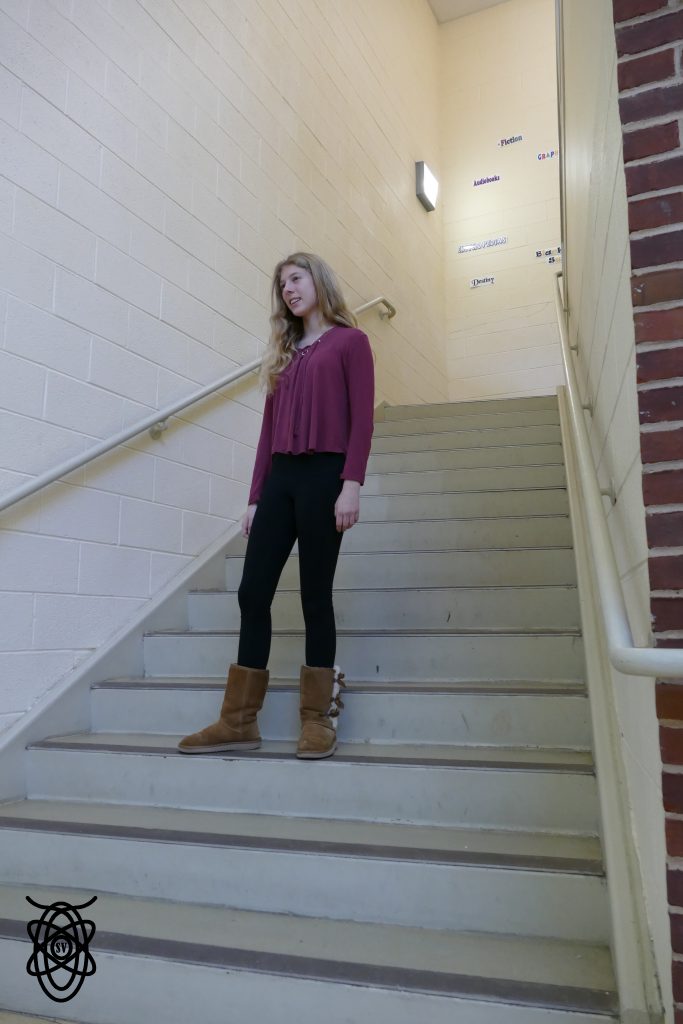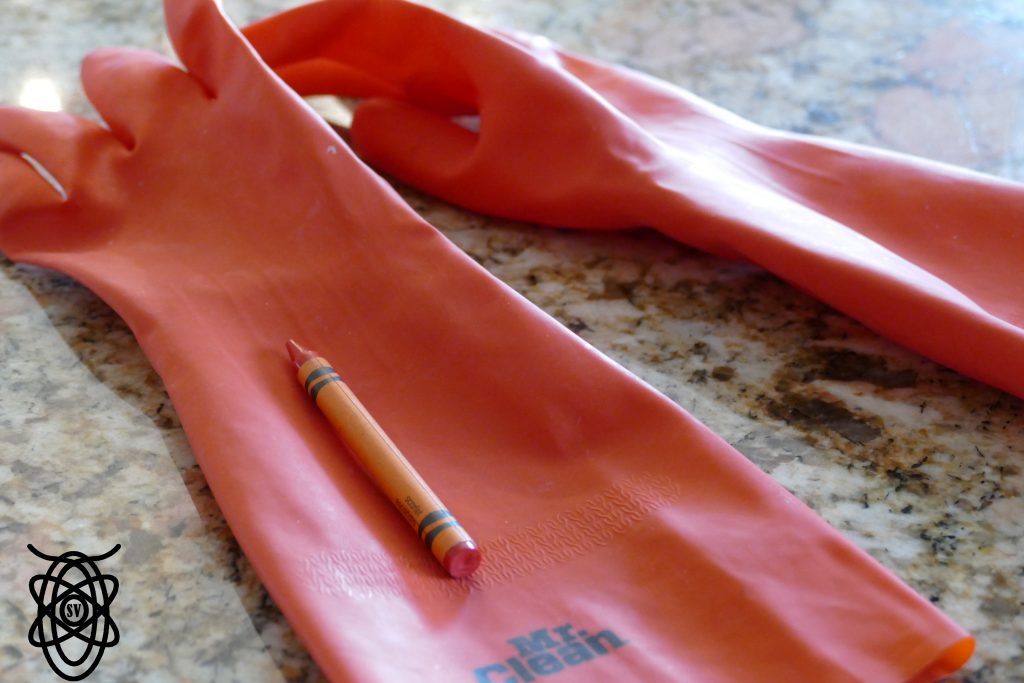This project is of lights in a dark room. The problem was we needed to have very little light pollution to complete this project well. In order to do this project, I needed to set the ISO on my camera as low as possible and change the shutter speed to bulb mode. Another challenge to this project was if the person wanted to be in the photo than they would have to stand very still if they wanted to come out clearly. One thing that worked well was the flashes of light, as seen below. Also I did not like having the other groups working on this project near us because it contributed top the light pollution. If I were to do this project again I would love to create a Christmas tree using light graffiti.
